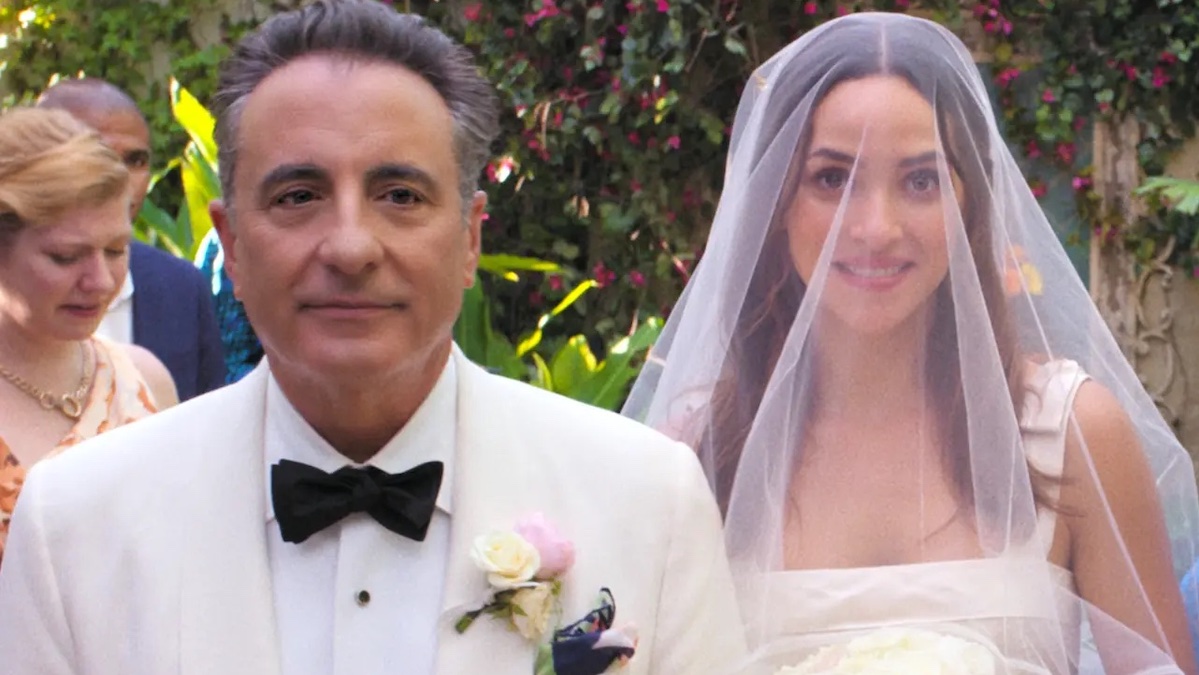PHOTO: HBO Max
A Celebratory Latino Reimagining of a Family Classic
Written by Roberto Leal
Since its streaming-only debut on HBO Max during Father’s Day Weekend, Father of the Bride has grown into a critically acclaimed mega-hit not only in Latin America, but world-wide. HBO proudly announced that Father of the Bride categorically has had the largest viewing audience of any streaming-only movie on their platform to date.
So why has this third retelling of a popular iconic family romantic comedy struck such a resounding emotional chord globally? What’s in the secret salsa of this wildly popular and successful film? Let’s check out some of the special ingredients that went into the making of Father of the Bride.

The Latino Reimagining
Father of the Bride has been described as a “reboot” or a “remake”, of the classic 1950 original Father of the Bride with Spencer Tracy and Elizabeth Taylor or the subsequent 1991 remake with Steve Martin, Diane Keaton and Martin Short. The only common thread connecting the three films is the basic plot and the title of the movie.
As written by Matt Lopez (Race to Witch Mountain, Bedtime Stories) and directed by Gary Alazraki(Club de Cuervos, We Are the Nobles) this incarnation of Father of the Bride is not a reboot in the sense they took an old existing movie and simply replaced the old cast with an all Latino one. Additionally, the vision of both Lopez and Alazraki in Father of the Bride was told through the cultural lens of two vibrant Latino communities in the U.S. The Cuban-American and Mexican take on the story make it more than just a mere remake but rather a complete reimagining and creation of a unique, standalone story.
Authentic storytelling from the top creatives who happen to be Latino and know the culture is not lost at all in the success of this film.
Lopez and Alazraki also cleverly start the story with what is often referred to as a “McGuffin” which is an object or device in a movie that serves merely as a trigger for the plot. In this case, the McGuffin is the opening scene in which Billy Herrera played by Andy Garcia (Ocean’s Eleven, The Godfather, Part III) and his wife of 30+ years, Ingrid played Cuban-American singer, actress, and businesswoman and seven-time Grammy winner, Gloria Estefan, decide in one of their marriage counseling session to divorce.
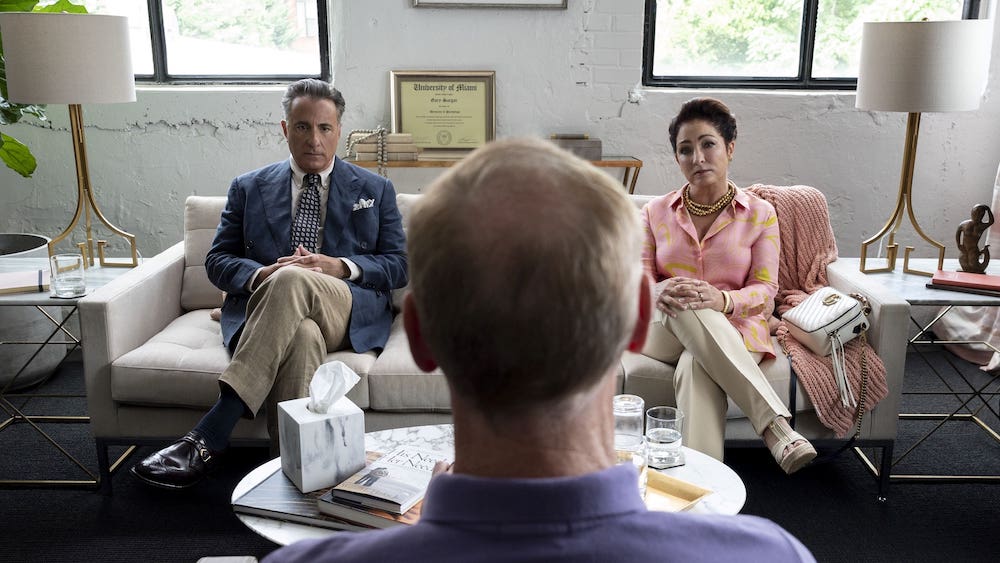
This turns on the emotional current that influences Billy’s reaction to his daughter, Sophie, Adria Arjona (Pacific Rim: Uprising, Emerald City) who comes home announcing she has proposed and will marry Adan Castillo a Mexican EMO man played by Diego Boneta (Terminator Dark Fate, Luis Miguel: The Series). The couple plans to move to Mexico to work at non-profit which helps immigrants along the border.
The Cuban/Mexican Culture Clash
The wedding surprise announcement set off Billy’s traditional protective and cautionary Cuban sensibilities on how the wedding will proceed. His cultural alarm bells are further set off when he meets his future in-laws from Mexico.
The oft-heard claim that Latinos are not a monolith is brought into sharp scrutiny in Father of the Bride in a playful, tongue-in-cheek comic clash of cultures between Mexico and Cuba that delightfully stands every stereotypical portrayal of Latinos on its collective head.
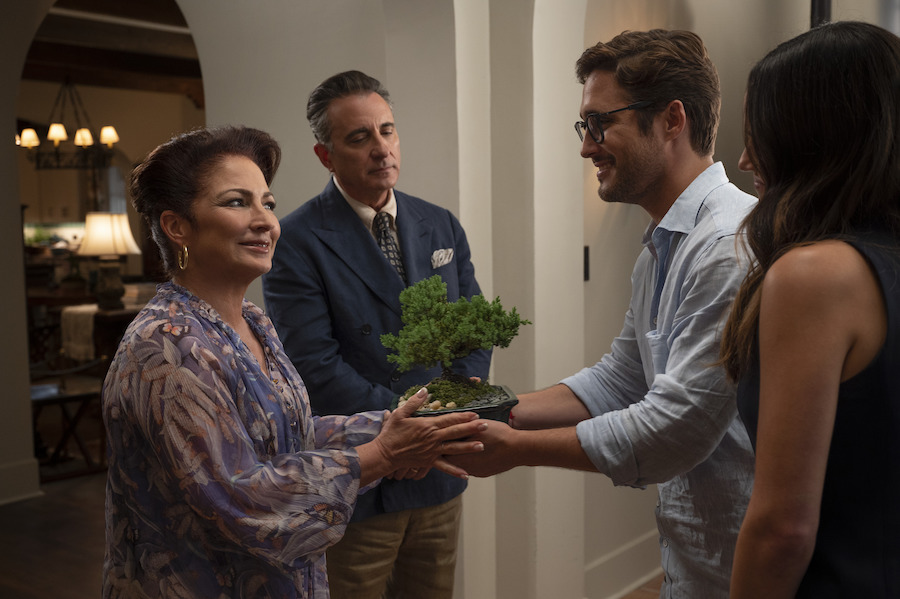
Sophie’s fiancé Adan is the complete antithesis of the stereotypical macho Mexican male. He practices yoga, is a tree-hugger, doesn’t like sports, wears glasses and looks more European than mestizo.
Adan’s flamboyant father, Hernan Castillo, Pedro Damián (Showtime, Like, la leyenda), turns out to be to Billy’s surprise, a bombastic but affable, multi-millionaire business tycoon who owns a super luxury yacht that is so big it has five zip codes and three time zones. Hernan also has a very young trophy wife and child, but still maintains a relationship with his ex-wife. These are different but positive Latino representations rarely seen in Hollywood movies.
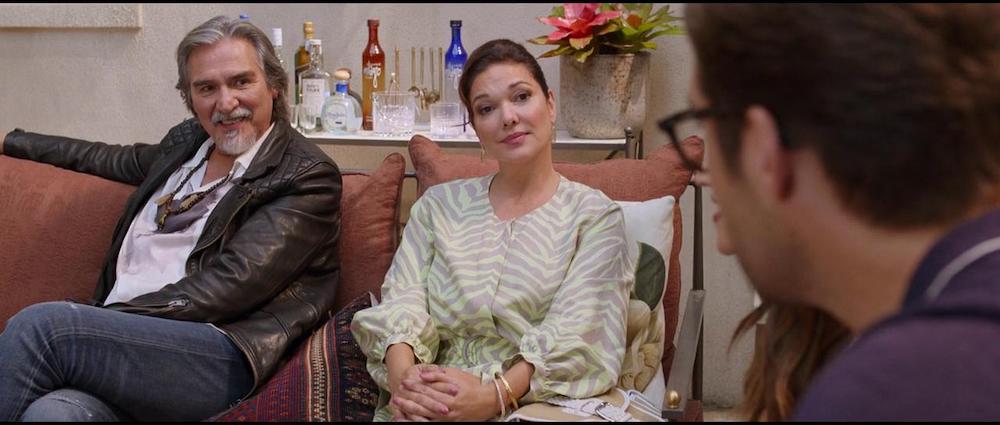
Unstereotypical Matters, Matter
Garcia’ career has mostly veered from playing the typical Hollywood Latino stereotypes, but it is a practice that has negatively affected the image of U.S. Latinos around the world and that is an important issue to Garcia. He sees Father of the Bride as a movie that moves the needle forward in the right direction.
“There was both an honor and an obligation to deliver a story that’s within the Latin cultures, in this case, the Cuban and the Mexican, trying to relate to one another,” Garcia told Entertainment Weekly in trying to make the point of the importance in the representation of Latinos in film. “There’s an obligation to do it right without stereotypes that represent universal themes”
Comedic Chemistry
The on-screen chemistry and comedic timing between Garcia and Estefan are the result of a 30-year personal friendship and growing up in the Cuban-American culture of Miami. Estefan, who has won more Grammys than the NY Yankees have won World Series proves herself to be as good an actress as she is a singer. As Ingrid, Estefan is strong, funny and loving. Garcia, as the stubborn, tradition-bound, conservative Cuban who came to America as an exile and became the most sought-after architect in Miami, now feels his world crumbling around him. It’s a role and performance Garcia has grown into as an actor. It’s hard to imagine anyone else playing Billy Herrera or being married to anyone other than Gloria Estefan as his beloved Ingrid.
Father of the Bride ReDux
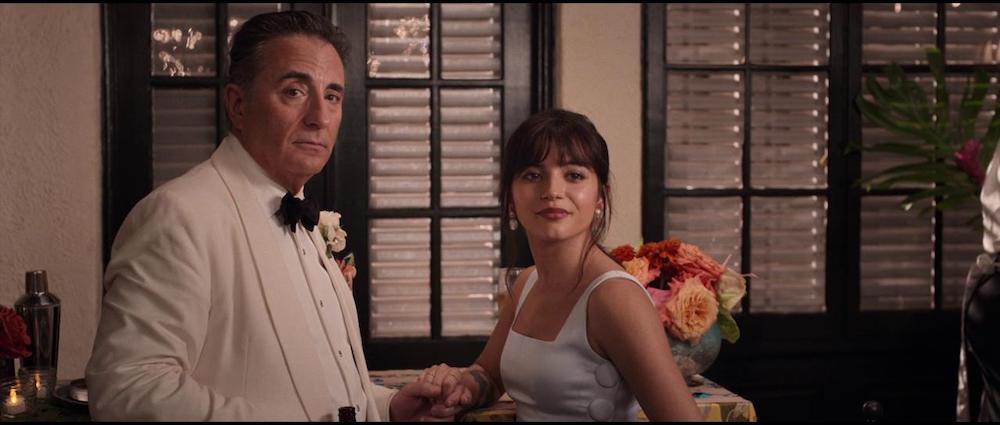
Because of its enormous popularity and streaming numbers after just one week in release, there is already talk of a sequel to Father of the Bride. In the current film Cora (Isabela Merced (Transformers: The Last Knight, Instant Family) Billy’s younger daughter designed and designed the wedding and bridesmaid dresses for Sophie’s wedding. The sequel could have Cora designing her own wedding gown for her nuptials. The question is, will Billy Herrera have the energy and financial wherewithal in Father of the Bride 2 for another wedding? One can only hope so.
CLICK HERE for video.
Father of the Bride is currently streaming on HBO Max.


